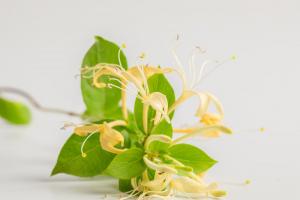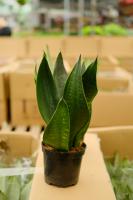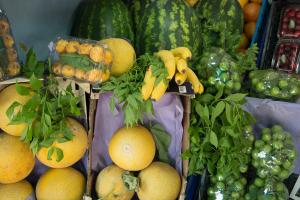How Close Can You Plant Apple Trees
When deciding to plant apple trees, one of the most critical decisions to make is how close to plant them. The distance between apple trees will affect their growth, health, and fruit production. Below are some factors to consider and guidelines to follow when deciding how close to plant apple trees.
The Type of Apple Trees
The size of apple trees varies depending on their rootstock. Dwarf apple trees grow up to a height of ten feet, semi-dwarf trees grow between ten and fifteen feet, and standard apple trees can grow up to twenty-five feet tall. Therefore, it is essential to consider the type of apple trees you want to plant when deciding how far to space between them.
The Age and Growth Habit of Apple Trees
The age and growth habit of apple trees also play a vital role in determining the ideal spacing. Young apple trees need space to grow, so they should be planted further apart than mature trees. Similarly, some apple trees tend to form a dense canopy, while others have a more open growth habit. Those with dense growth habits require more space between them to allow for light penetration and proper air circulation.
The Soil Type
The type of soil on which you plan to plant the apple trees also affects the spacing. In clay soils that retain water for longer periods, apple trees should be planted at wider distances to prevent root competition. If the soil is rich in nutrients, the apple trees need to be well spaced to reduce competition for nutrients and water.
The Pollination Factor
Apple trees require cross-pollination to produce fruits, so it is essential to plant them at a distance that allows easy access for bees and other pollinators. Therefore, planting apple trees too close together reduces the likelihood of cross-pollination, which will lead to a lower fruit yield. However, planting them too far apart can also result in limited pollination.
The Recommended Spacing for Apple Trees
Based on the above factors, the recommended spacing for apple trees is as follows:
Dwarf apple trees: 6-8 feet apart
Semi-dwarf apple trees: 12-15 feet apart
Standard apple trees: 18-25 feet apart
It's worth noting that these are general guidelines and may vary depending on other factors specific to your orchard. When in doubt, consult a local nursery or orchard expert for advice.
In Conclusion
Planting apple trees is an exciting and rewarding experience. By understanding the factors above and following the recommended spacing, you can enjoy a healthy and productive orchard. Remember to keep a reasonable distance between the trees, which will provide enough room for growth and development, but also encourage cross-pollination, leading to a bountiful harvest.

 how many times do yo...
how many times do yo... how many planted tre...
how many planted tre... how many pine trees ...
how many pine trees ... how many pecan trees...
how many pecan trees... how many plants comp...
how many plants comp... how many plants can ...
how many plants can ... how many plants and ...
how many plants and ... how many pepper plan...
how many pepper plan...

































